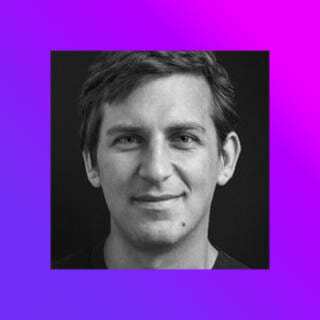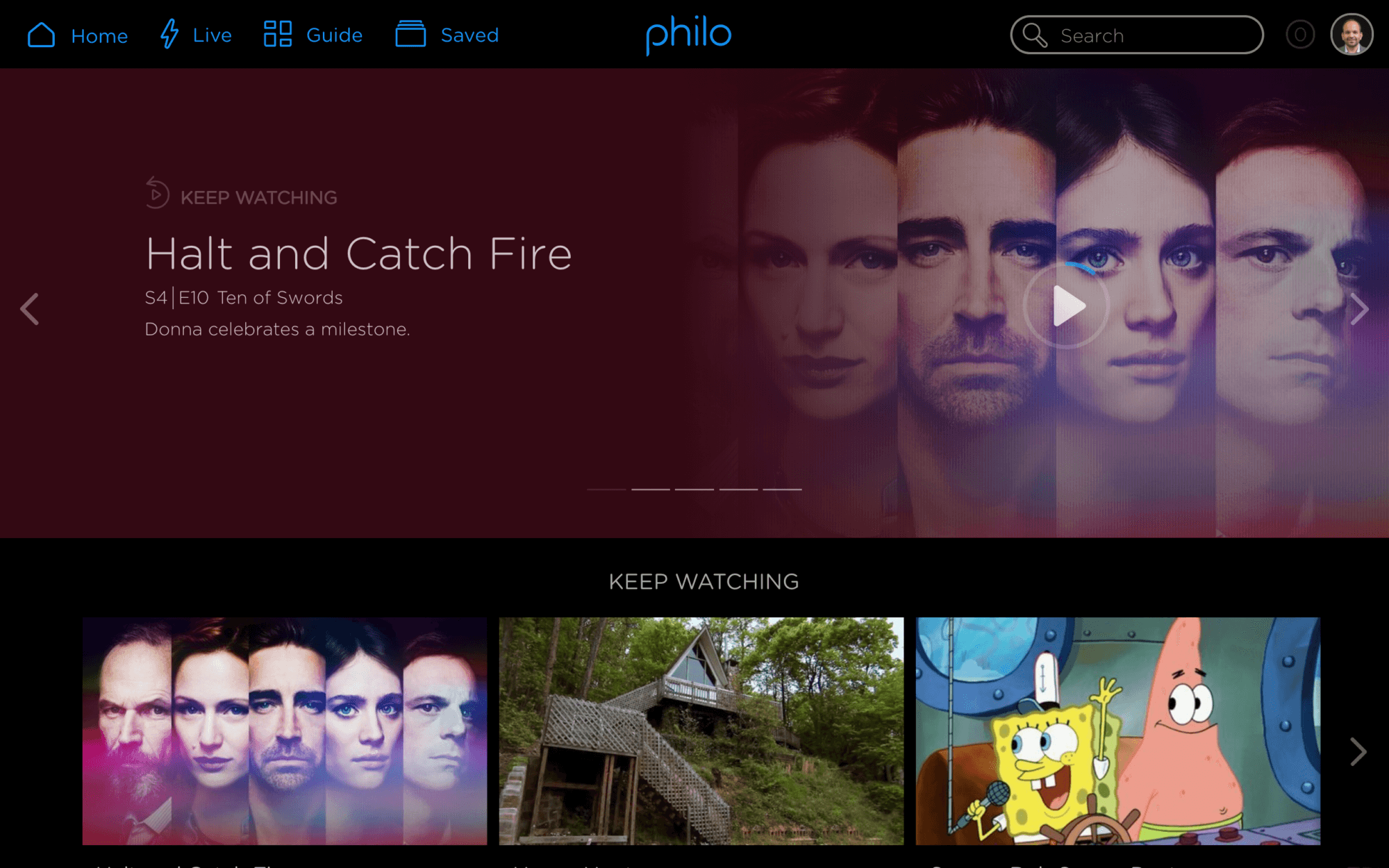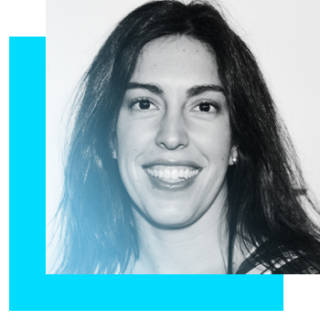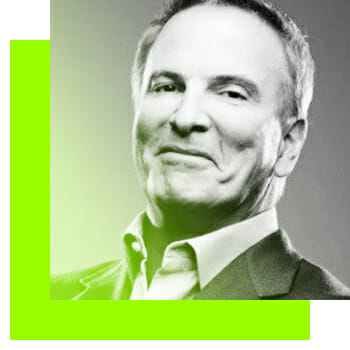Diversity has been a hot-button topic this year in the worlds of marketing, entertainment and beyond. As public views on gender roles evolve and countries increasingly become melting pots of culture, brands know they can’t rely on the traditional conventions of advertising anymore. Here are some of the ways marketers embraced diversity this year.
Banding Together For Change
During the 2017 Cannes Lions festival, a digital billboard created by Mother London read, “Stop talking about equality and make it happen.” Since marketing affects public perception of products, groups and ideas, the marketing industry is stepping forward to be a leader for change.
Founded by UN Women, a global organization that fights for gender equality, the Unstereotype Alliance was unveiled at Cannes Lions and includes some of the world’s top brands. Global marketing leaders including Facebook, Google, AT&T, Unilever, Mars, Mattel and Twitter each pledged to use non-biased portrayals of women and men in their advertising.
“We believe cross-sector collaboration will lead to sustained transformation,” Keith Weed, chief marketing and communications officer at Unilever said in a statement. “This is no longer just a social imperative but a business one—progressive ads have been found to be 25 percent more effective and deliver better branded impact.”
Leading By Example
Smirnoff has been a long-time supporter of diversity when it comes to love. This year, the vodka brand created limited-edition bottles of Smirnoff No. 21 vodka that feature photographs of real LGBTQ couples. Each #LoveWins bottle, like each couple, is one of a kind. For every bottle purchased, Smirnoff will donate $1 to the Human Rights Campaign. The company plans to repeat the campaign next year, as well.
“Our goal is to create more welcoming environments for the LGBTQ+ community across the US,” Smirnoff says on the campaign’s microsite. “Thanks for your support and friendship. When we stick together, Love Wins.”
Beauty brand Glossier created a body-positive campaign to promote its new “Body Hero” products. Its combined digital efforts garnered an impressive $33,000 of Earned Media Value in just one week.
The campaign features five models from different walks of life and different body types, all posing in the nude. Body Hero is modeled by plus-sized model Paloma Elsesser, a pregnant Swin Cash (retired basketball player and Olympic Gold medalist), Trialspark clinical research coordinator and influencer Mekdes Mersha, LPA clothing brand creative director Lara Pia Arrobio and Tyler Haney, founder of sportswear brand Outdoor Voices.
Learning Together
When a brand promotes gender equality, 48 percent of both men and women surveyed say they feel more loyal toward it, according to an August study by Facebook IQ. Fifty-one percent of women said they would prefer to shop from such a brand, compared to 45 percent of men. Facebook’s survey found that 75 percent of women believe the most important thing brands can do to promote gender equality is to stop portraying women as sex symbols.
“Marketing doesn’t just reflect culture—it shapes it,” says Facebook alongside its study findings. “Contribute to social good and capture consumers’ attention by busting stereotypes and promoting positive, empowering depictions of people of all genders.”
Facebook currently offers more than 70 gender options, as well the ability for users to add their own. For the purposes of this study, Facebook divided answers between men and women only and did not specify whether each gender was the one respondents were born with.
The Gina Davis Institute on Gender in Media regularly analyzes Hollywood films and advertisements to accurately determine how much diversity there really is. Rather than simply “talk about equality,” as Mother London said, The Gina Davis Institute digs deeper to understand both current representation strengths and weaknesses so brands can react to facts rather than emotion alone.
For example, a recent study found that of more than 2,000 Cannes Lions films from 2006 to 2016, women only accounted for about one-third of characters on screen. Additionally, male characters speak about seven times more than their female counterparts.
While the figures may seem discouraging, a wide range of companies and educators are turning to this information to invite change.
“There’s infinite possibility,” said Madeline Di Nonno, CEO of the Geena Davis Institute. “We’re excited because it allows us to reveal a level of unconscious bias that isn’t possible with the human eye, and it’s able to go much deeper.”




